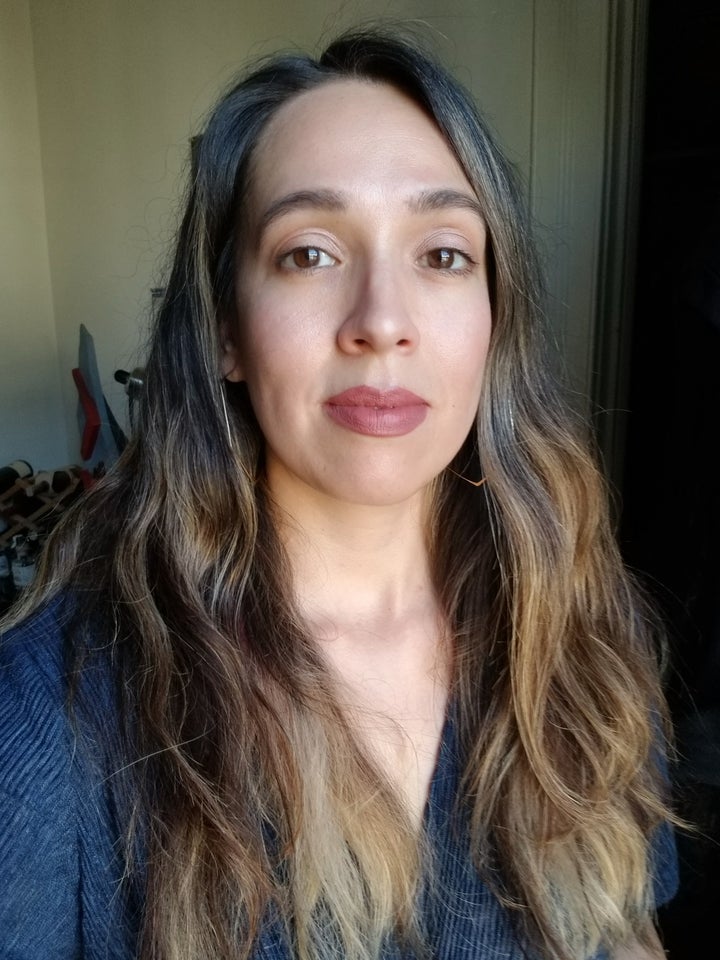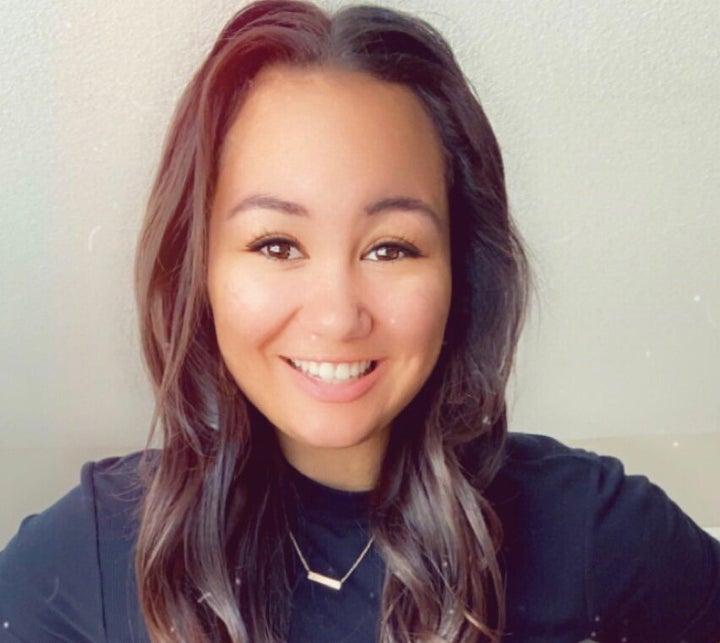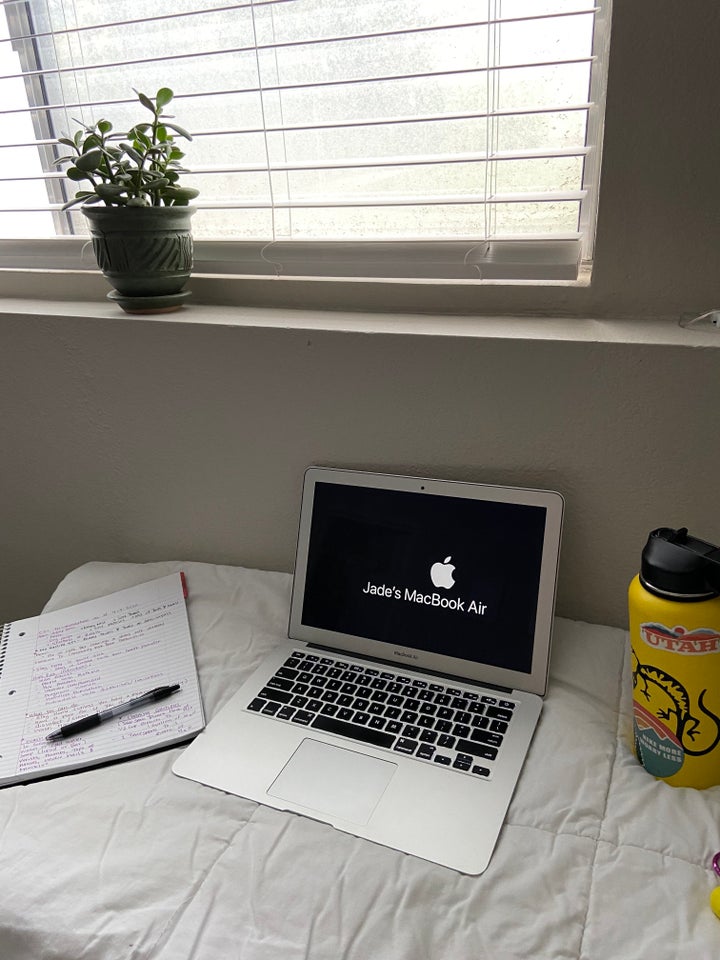To stop the spread of the coronavirus pandemic, there is a job with new, active openings all across America: contact tracing.
But contract tracing is not a new role. It’s an old public health strategy used to track the spread of diseases.
“Before we had things like vaccines or even treatments for some diseases, that was a critical tool you could use. You could find people who had been exposed and try to quarantine them,” said Emily Gurley, an epidemiologist at John Hopkins University. “It’s been used to control other big outbreaks so they don’t become pandemics, like Ebola in West Africa, SARS” and MERS.
Before the coronavirus pandemic, there were an estimated 2,200 contact tracers working in the U.S. Now, public health experts say we need thousands more. Tom Frieden, the former director of the Centers for Disease Control and Prevention, told STAT News that the U.S. should have “an army of 300,000 people” to help contain COVID-19.

Gurley is also the lead instructor for the John Hopkins Bloomberg School of Public Health’s five-hour online course on contract tracing ― a prerequisite for the job in New York state. Great contact tracers, she said, perform multiple roles.
“You have to be a detective, you have to be part social worker, making sure people have what they need to isolate in quarantine, and it’s part therapist, because in order to meaningfully engage with someone you have to meaningfully engage with someone,” Gurley said. “And that means bearing witness to what they’re going through, providing them some support and helping them come up with a plan.”
HuffPost talked with two working contact tracers about the challenges and rewards of the job, and their advice for people who want to join their work.
Jessica Jaramillo, librarian on emergency assignment

Jessica Jaramillo, 41, is a librarian and San Francisco Public Library district manager who became a contact tracer in service of the city’s response to COVID-19. As a municipal employee, she can be assigned as a disaster service worker whenever the mayor declares a citywide emergency.
What led you to become a contact tracer?
I received an email saying that I was identified as a person who had skills that they were looking for to do contact tracing.
For me, it was because just like in the rest of the country, in San Francisco the Latino community has been one of ― if not the most ― hard hit, economically and healthwise. Being bilingual, being Latina, I really wanted to help the community get the resources and the assistance that they need to get through this.
It was sort of voluntary on some level, like, “Here’s something that we would like you to do. Are you up for it?” I was absolutely up for it. When you accept a position with the city and county, you agree to be a disaster service worker when and if you are called upon. I’m pretty sure, especially in California, we all imagined that would be for an earthquake or something. I don’t think we ever imagined it would be for a pandemic, but here we are.
Has your career background helped you do the job of contact tracing?
Absolutely. I couldn’t imagine a better use of my skills in this situation. As a librarian, we deal with the public, we have lots of conversations with lots of different people. We are used to doing research and getting to the bottom of something. As a librarian, I sit at a reference desk most days. Someone comes to my reference desk with something that they need or what they’re looking for and I conduct what’s called a reference interview, which is a series of open and closed questions to get to putting the right information and the right materials into their hands.
As a contact tracer, you are conducting an interview and you want to make sure you are asking open and closed questions to understand the situation that the person is in, make sure that they have everything that they need to either self-isolate or self-quarantine, and also [ask] how is their health, and where are they and how are their needs being met.
What does a contact tracing shift for you look like?
One call might be very quick, another call might require more time. We start each shift with a team huddle. It’s a meeting that happens with a team of tracers and the leader of that team, and there’s always a clinician as well ― a doctor or a nurse. You all get together on Zoom and discuss upcoming things. Usually there’s another team that’s leaving or just ending their shift, so if they have anything that needs following up on, that’s passed on to the team that’s starting.
We’re using a couple of different software [programs], one to make the phone calls via the computer and another one that is secured and in accord with the San Francisco Department of Public Health, which is where all the information is held. We get assigned people through that software.
We stay in touch with each other throughout the shift via messaging. You’re never out there completely by yourself, because you have your team lead, you have a clinician. These are people you can call upon when you run into needing a bit of help troubleshooting a particular conversation.
You work your way through as many calls as you can. Sometimes it’s just leaving a message. Sometimes it’s setting up testing, making sure people have food or referring them to other services to get support.
“Sometimes it’s challenging, because you’re having conversations, but people aren’t experiencing quarantine or self-isolation in a vacuum. They have other life concerns.”
- Jessica Jaramillo
What’s the biggest challenge with the job?
People have a pretty big need right now, and they’re trying to balance the choices of their health and their financial situation. Sometimes it’s challenging, because you’re having conversations, but people aren’t experiencing quarantine or self-isolation in a vacuum. They have other life concerns. You can’t always ask someone to make this really tough decision to not go to work, to not leave their home.
Sometimes that’s challenging because you can see the push and pull, and in those cases you just do your best to impress upon someone the importance [of staying home], not just for the community, but for their families, for themselves ― a “we’re all in this together” kind of thing.
What advice do you want to give people who want to become contact tracers?
You should be ready to be in a fast-paced environment, be ready to do things on the fly. We have a script of things that we want to make sure we say to a person, in terms of how they need to arrange their space ― especially if they are living with someone who was diagnosed with COVID-19 ― and in terms of how they want to clean. Those things stay the same, but every conversation is different. You have to be pretty agile.
What’s the most rewarding part of the job?
It’s definitely knowing that I’m giving people information that is pretty vital to keeping them safe. We really care about the community and making sure that people are safe and have what they need, and it is very gratifying when they feel cared for and they let you know it.
How long do you plan to do this?
As a disaster service worker, there’s usually a set time period for which I’m assigned. But truthfully, I want to extend that as much as I can. The two things that we know are two of the most powerful tools we have to abating this disease as much as we can: testing and contact tracing.
I know that this is really important work and I hope to do it for as long as the city and county of San Francisco will give me the opportunity.
Jade Murray, recent public health graduate

Jade Murray, a 22-year-old college graduate who majored in public health, has been a contact tracer for a rural Utah health department since early April. She also juggles a customer-facing communications job.
How did you get the job?
One of my professors reached out to me because he also does part-time work at one of the rural health departments here, and offered me a position to do contact tracing because it would be really good exposure for me within the field I just got a degree in, and because considering that most public health jobs are on a hiring freeze right now, it would look good on a resume. I was all for it.
What’s the job like?
We work in teams of five. These five teams have a head nurse, epidemiologist, contact tracer, other students within public health, and other health department employees. Once the nurse has taken the initial statement from the individual who tested positive for COVID-19 and gathered all of their contacts, it’s then passed to us contact tracers to contact them for the next 14 days, or 14 days from their exposure.
We monitor their signs and symptoms, if they’ve got a temperature, fever, cough, shortness of breath, if they’re feeling muscle-achy ... We basically are a resource for them, to answer any questions they have related to their diagnosis.
First day you reach out, you obviously have to explain, “Hey, I’m a contact tracer at your local health department, we’re following you for the next amount of time they’re going to be followed,” explain the situation, how they can reach out to you if they need anything. They have my number; they can call me whenever they need me. It’s important that they realize that we’re not spammers. That’s a misconception right now.

What’s the biggest challenge with the role?
One is just getting people to respond, reply, pick up the phone, so we can monitor them. The second is the pushback of people wanting their own autonomy, not wanting to quarantine for 14 days. That also is a struggle.
Now that our economy here in Utah reopened May 1, we’re starting to see a lot more patients that have become positive, but they also have more contacts.
How do you gain people’s trust if they don’t want to share information?
It happens a lot. You really have to be persistent and you have to be kind. You can’t get frustrated because you can’t say that you wouldn’t be the same if you were in that situation. Not every person likes to share personal information and that’s totally OK. Eventually, they come around and they open up, because they usually end up needing something, like a resource for work.
“Something that is not talked about enough with being a contact tracer is that you hear some pretty rough stories.”
- Jade Murray
What advice would you give someone who wants to do contact tracing?
Something that is not talked about enough with being a contact tracer is that you hear some pretty rough stories. Individuals get super sick, individuals pass away, you hear stories of people going through hard times. That in itself can also take a huge mental toll on you. It’s important when you’re in this position to know your own resources.
For instance, at our health department we have weekly meetings, but we also have relationships with each individual on our team so if we get too overwhelmed with the cases, someone is willing to take that on. Right now, I’d say I average 20-30 cases that I contact a day. It adds up ... I can spend two or three hours with a couple of individuals in a day.
If I’m contacting 20-30 people, those are all cases, and they each have their own contacts within that case as well. It can prolong the time spent on one case.
Have you had any individuals in your cases pass away?
I haven’t yet. All of my patients that I’ve had thus far have recovered fully. They’ve been released from 14-day monitoring.
What’s the most rewarding part of the job?
Honestly, it’s when we get to the end of the quarantine period with the individual. They sound better on the phone, they sound healthier, they sound happy ― how much joy they have in their voice when they share with me like, “I finally got a good night’s sleep.” Watching people progress along the line of recovery with COVID-19 is rewarding in and of itself.
What is your way of decompressing from the job?
I’ve always been a caregiver. I grew up taking care of my mom. She’s got multiple sclerosis, so I’ve always been someone who loves helping people. So it’s not anything heavier than I’ve been through in my personal life. Being in Utah, we’ve got great resources for getting outdoors, like the mountains. My partner and I, on the weekends or when we have free time after a work shift, we’ll walk a trailhead. That’s kind of our escape from certain realities that we’re going through.
How long do you think you will be a contact tracer?
Right now, we’re projected to do it until July, which is when most things here in Utah are projected to be reopened to full. However, that could change, and that really just depends on how these next months play out with people maintaining social distance and taking the precautions recommended by the CDC.
Interviews have been condensed and lightly edited for clarity and length.
Experts are still learning about the novel coronavirus. The information in this story is what was known or available as of press time, but it’s possible guidance around COVID-19 could change as scientists discover more about the virus. Please check the Centers for Disease Control and Prevention for the most updated recommendations.
- Stay up to date with our live blog as we cover the COVID-19 pandemic
- 7 essential pieces of relationship advice for couples in quarantine
- What you need to know about face masks right now
- How to tell if you need to start doing online therapy
- Lost your job due to coronavirus? Here’s what you need to know.
- Parenting during the coronavirus crisis?
- The HuffPost guide to working from home
- What coronavirus questions are on your mind right now? We want to help you find answers.
- Everyone deserves accurate information about COVID-19. Support journalism without a paywall — and keep it free for everyone — by becoming a HuffPost member today.